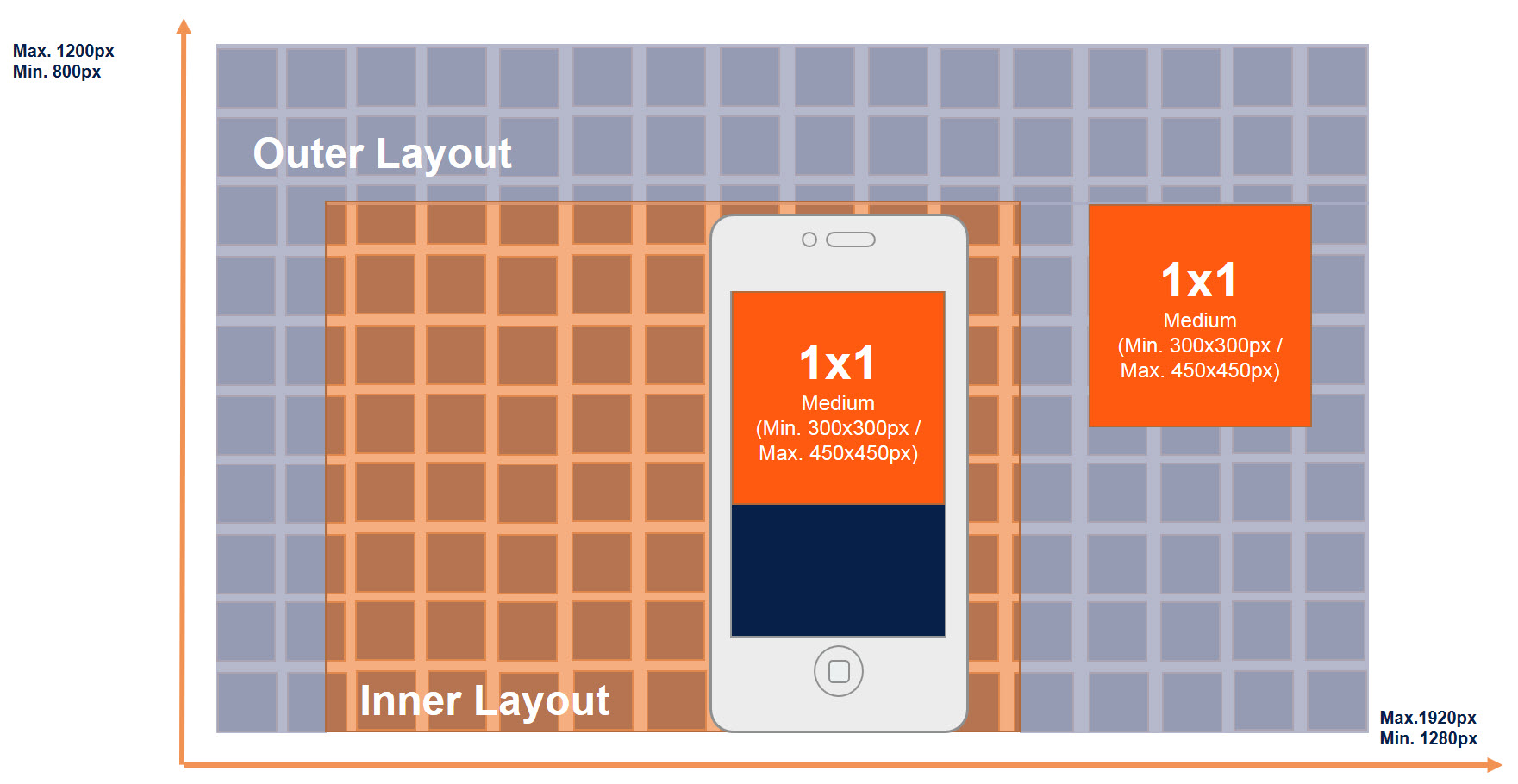Ströer Tracking Guidelines for advertisers and agencies on the use of trackings
1. Tracking in general
Up to five tracking pixels per creative have proven themselves as standard. This usually includes:
- two tracking pixels for impression tracking (media agency and technical service provider)
- a clickcommand
- a viewability measurement (e.g. meetrics)
- a market research pixel (e.g. GfK)
Ströer randomly checks the validity and amount of trackings. After prior consultation, a higher number of trackings can also be used.
All file sizes include all trackings.
2. personal data
Cookies and similar technologies which store and/or read out personal data on the user's device as well as further data processing must comply with the guidelines of the German Telemediengesetz, the EU General Data Protection Regulation (GDPR) and be listed on our vendor whitelist.
If there are any questions regarding the Ströer vendor list, please contact: vendorlist@stroeer.de
In particular (but not conclusively) the following types belong to it:
External tracking pixels, which analyze and record user behavior and, if desired, compare it with a downstream database on the customer side, must be explicitly released by Ströer before the start of a campaign. This includes any of the following pixel types:
- Ad Verification (reading the environment)
- Targeting quality (testing the effectiveness of the used targeting)
- User profiling (collecting profile data)
- Third party retargeting (re-targeting of users outside our network via external pixels)
3. tracking service providers (vendors)
All technical service providers (vendors) which will be used by agencies and advertisers must be registered in the TCF v2.0 (Transparency and Consent Framework) of the IAB and listed on our vendor whitelist.
If there are any questions regarding the Ströer vendor list, please contact: vendorlist@stroeer.de
4. Consent-Signaling for direct campaigns
For all cookies and similar technologies that are used in the context of the direct campaign on our portfolio, the necessary GDPR macros for the vendors used must be transmitted to us.
In order for us to be able to recognize/find these GDPR macros, we need to know at least 5 working days before start of a campaign how and where these GDPR macros will be implemented in the redirects, scripts, iframes and/or any other tracking.
All adtags/redirects/trackings to be used on our portfolio must contain these GDPR macros.
Note: Without this information we cannot ensure that direct campaigns can go live.
5. Counting differences
Counting differences in delivered ad impressions, caused by the selective filtering of an external tracking pixel (e.g. ad verification pixel), will not be acknowledged by Ströer or billed in Ströer's favor without prior consultation, unless they can be proven by a validated data basis.
6. Bundesdatenschutzgesetz BDSG
the Bundesdatenschutzgesetz BDSG must be observed in any case
https://www.gesetze-im-internet.de/bdsg_2018/
7. Further use of collected tracking data
The use of the collected tracking data is exclusively for the booked campaign and limited to the booked period in our network.
Any further use or sale of the data to third parties is prohibited.
